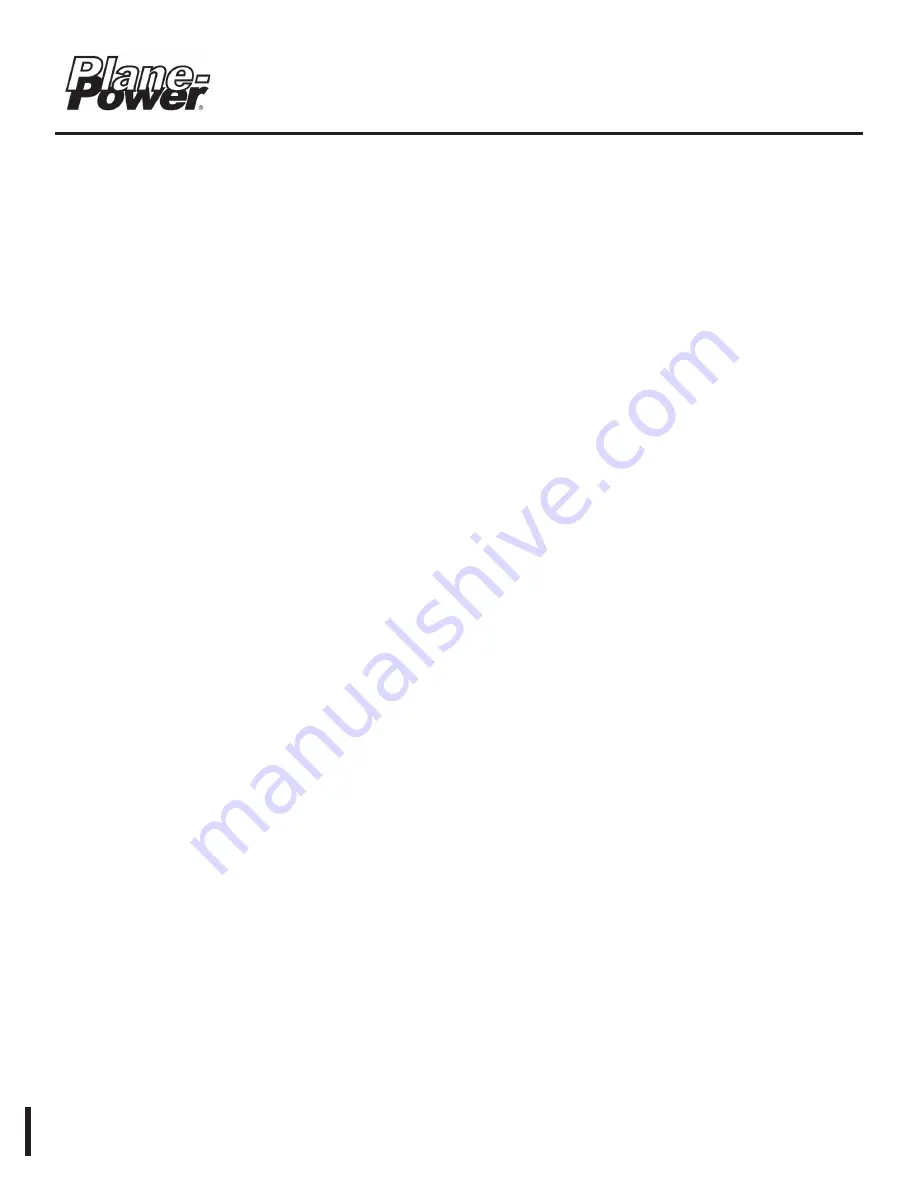
Aircraft Alternator
Maintenance Manual
24-30-01
ES1031
Page: 6-14 Rev.
B: 20 Apr. 2022
© 2022 - Hartzell Engine Technologies - All rights reserved
6.12 Applying Safety Wire
A. If applying safety wire, use .032 stainless steel per the standards outlined in AC43.13.1b or NASM-33540 of
the latest revision. (Safety wire does not maintain fastener torque.)
6.13 Applying Safety Cable
A. If applying an HET P/N RX-1961 Safe-T-Cable™, follow the recommended procedures of the Safe-T-
Cable™, manufacturer. Applicable detailed procedures may be found on the Safe-T-Cable™, website:
http://www.dmctools.com.
(1) Use of the Safe-T-Cable™ requires the use of special tool kit DMC-1000-4R Tools and Parts Kit for .032”
Safe-T-Cable™.
6.14 Installation on the Aircraft (Gear Drive)
A. To install the alternator on the engine, refer to the applicable engine and/or aircraft service and
maintenance manuals. Always follow the OEM instructions.
B. General Installation
(1) Make sure the aircraft battery and any external power has been disconnected.
(2) Install the alternator drive coupling with new thrust washer, following Continental Motors, Inc. drive
coupling service information in the applicable engine maintenance manual and service bulletins.
(Refer to the latest revision of CMI SB11-3 for drive coupling service information.)
(3) Install a new engine case gasket on the clean crankcase surface per
the applicable Continental Motors,
Inc.
engine manual. Obtain applicable part number gasket from CMI.
(4) Position the alternator and install the retaining hardware and brackets as required. Torque the crankcase
mounting bolts to the torque specification found in the appropriate Continental Motors
engine manual.
(5) Connect the Field wires, Aux wire, the output and ground cables on the proper terminals of the alternator.
Refer to section 2 and Figures 2.4b, 2.5b, or 2.7b for locations.
(6) Unless otherwise advised by the OEM, connect the positive battery cable to the positive (POS) battery
terminal, then connect the aircraft ground cable to the negative (NEG) battery terminal.
(7) Check the alternator for security and make a running performance test per the AFM or POH and the engine/
aircraft service and maintenance manuals.
6.15 Installation on the Aircraft (Belt Drive)
A. To install the alternator on the engine, refer to the applicable engine/aircraft maintenance manuals and
service instructions. Some OEM require the pulley to be removed prior to the installation of the alternator.
Always follow the OEM instructions.
B. General Installation
(1) Make sure the aircraft battery and any external power has been disconnected.
(2) Position the alternator and install the retaining hardware and brackets as required.
(3) Connect the Field wires, Aux wire, the output and ground cables on the proper terminals of the
alternator. Refer to Chapter 2 and Figure 2.2 for locations.























